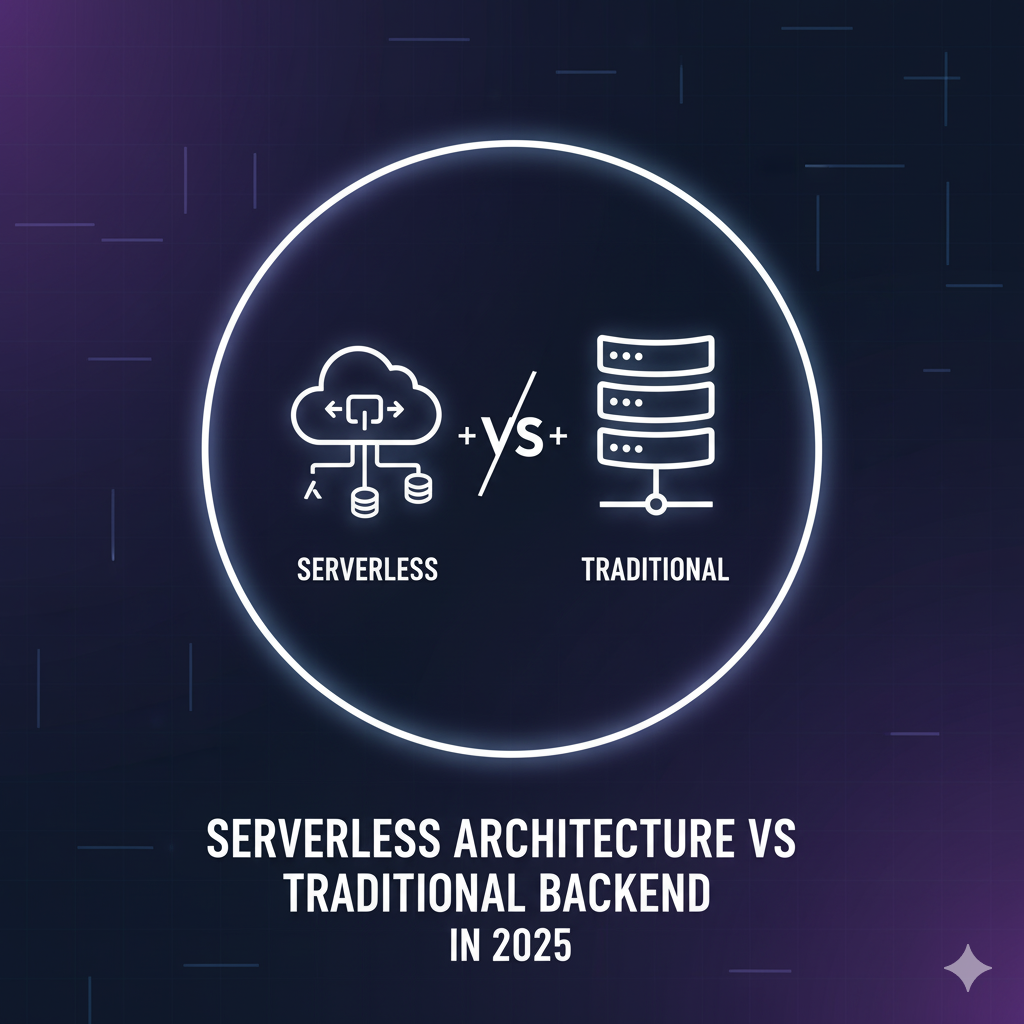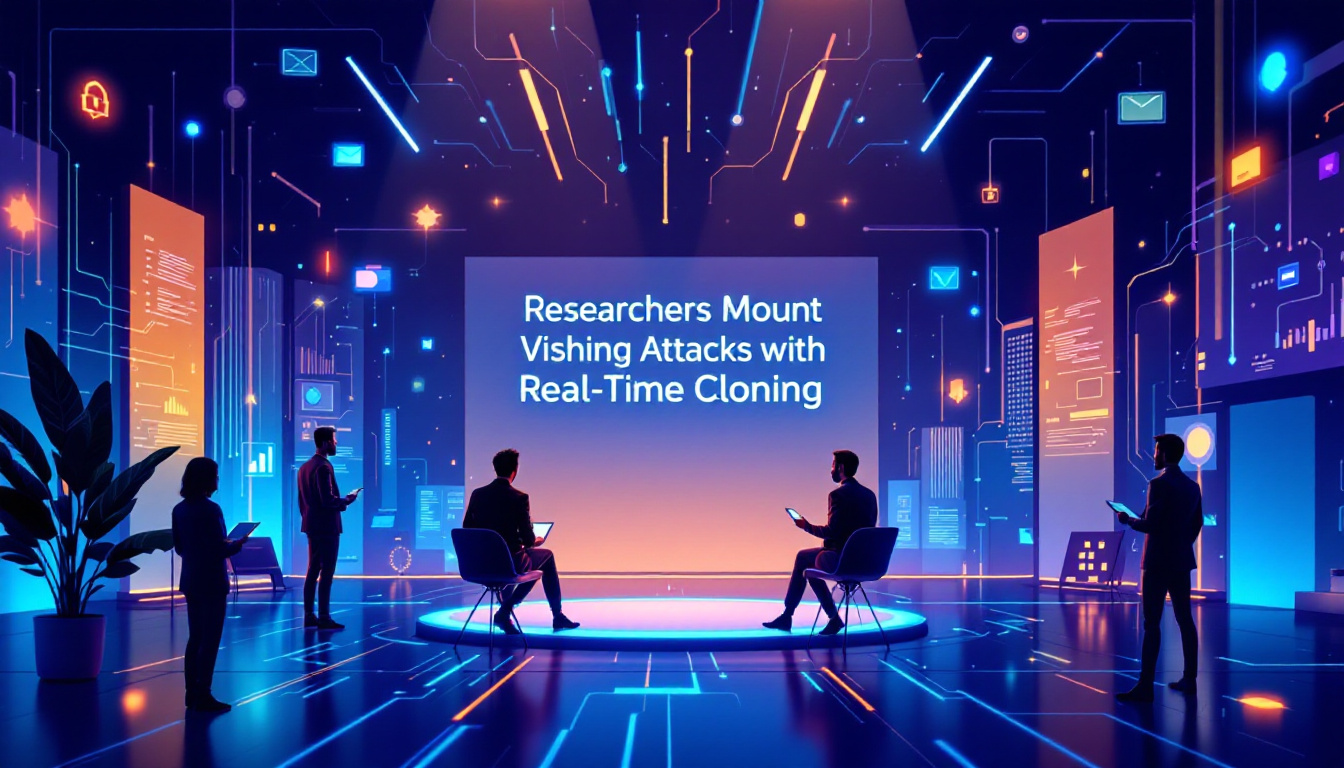Serverless Architecture vs Traditional Backend in 2025
As technology continues to evolve, the debate between serverless architecture and traditional backend systems has become increasingly relevant. In 2025, businesses face critical choices when designing their applications. This blog post explores the key differences, benefits, and challenges of each approach to help you make an informed decision.
What Is Serverless Architecture?
Serverless architecture is a cloud-native development model where developers write and deploy code without managing underlying servers. Services like AWS Lambda, Google Cloud Functions, and Azure Functions handle infrastructure management, scaling, and maintenance automatically.
Benefits of Serverless Architecture
- Cost Efficiency: Pay only for the computing resources you use.
- Scalability: Serverless platforms automatically scale your application to handle fluctuating workloads.
- Faster Development: Focus on writing code without worrying about infrastructure setup.
- Global Reach: Deploy functions across multiple regions for low-latency performance.
Challenges of Serverless Architecture
- Cold Starts: Initial invocation latency can affect performance.
- Vendor Lock-In: Dependency on a specific cloud provider's ecosystem.
- Debugging Complexity: Troubleshooting distributed systems can be challenging.
What Is Traditional Backend?
Traditional backend systems involve managing dedicated servers or virtual machines to host applications. Developers handle infrastructure setup, scaling, and maintenance, often using tools like Docker, Kubernetes, or bare-metal servers.
Benefits of Traditional Backend
- Full Control: Customize your infrastructure to meet specific requirements.
- Predictable Performance: Consistent response times without cold starts.
- Compatibility: Easier integration with legacy systems.
Challenges of Traditional Backend
- Higher Costs: Pay for server uptime, even during idle periods.
- Complex Scaling: Requires manual intervention to handle traffic spikes.
- Time-Consuming Maintenance: Regular updates and monitoring are essential.
Serverless vs Traditional Backend: Key Differences
| Aspect | Serverless Architecture | Traditional Backend |
|---|---|---|
| Cost | Pay-as-you-go | Fixed costs |
| Scalability | Automatic scaling | Manual scaling |
| Maintenance | Managed by provider | Managed by developers |
| Performance | May face cold starts | Predictable |
When to Choose Serverless Architecture
Serverless architecture is ideal for startups, event-driven applications, and projects with unpredictable traffic. It enables rapid deployment and minimizes operational costs, making it perfect for businesses prioritizing agility.
When to Choose Traditional Backend
Traditional backend is better suited for applications requiring consistent performance, heavy customization, or integration with legacy systems. Enterprises with in-house DevOps teams may also prefer this model.
FAQs
- Is serverless architecture more secure than traditional backend?
- Serverless architecture benefits from built-in security features provided by the cloud provider, but security also depends on your code and configurations.
- Can I use both serverless and traditional backend in a hybrid approach?
- Yes, many organizations adopt a hybrid model to leverage the strengths of both architectures for different parts of their application.
- What are the popular tools for serverless development?
- Common tools include AWS Lambda, Google Cloud Functions, Azure Functions, and the Serverless Framework.
Conclusion
In 2025, both serverless architecture and traditional backend systems have their place in the tech ecosystem. The choice depends on your application's needs, budget, and scalability requirements. By understanding the strengths and weaknesses of each, you can design a robust and future-proof solution.



